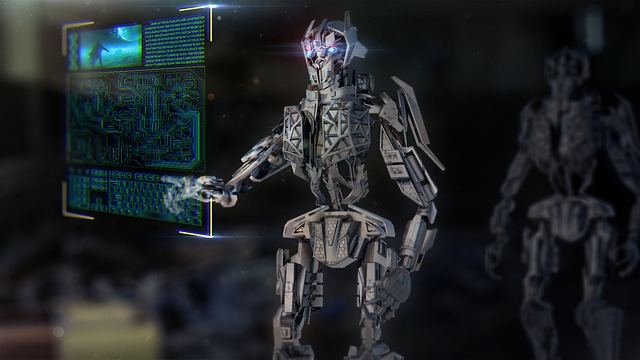
As a year of extraordinary breakthroughs in hard sciences and technology, 2017 reminded us once again of the tremendous reach of human scientific accomplishment ; accomplishments that could have significant influence in mankind’s upward march towards solving problems that exist on both sides of the horizon. The following short list will take you through the top breakthroughs that we at WSP felt truly stood out this year.
1 – In what could be one of the most remarkable exoplanet discoveries in recent memory, NASA announced back in February the discovery of seven terrestrial-in-nature earth-sized planets orbiting the TRAPPIST-1 star system. Located at about 40 light-years, or 235 trillion miles from Earth, this star system is of particular interest to astronomers because it includes three planets that are firmly situated within the star’s habitable zone (aka. “Goldilocks Zone”) where temperatures are just right, not too hot, not too cold.
What this means: The discovery is an exciting and promising find as it accelerates the search for life beyond planet Earth and our own solar system.
2 – Scientists using Europe’s giant atom-smasher called The Large Hadron Collider (LHC) discovered on March 16, 2017 a new system of five subatomic particles all in a single analysis.
What this means: By measuring their properties and studying the trajectories and energies deposited by all five particles, physicists hope to gain a better understanding of the correlation between quarks and multi-quark states as fundamental building blocks of matter. The newly discovered subatomic particles will further our current understanding of the universe and quantum mechanics in general.
3 – Spaceflight took a giant leap on March 30, 2017 when Elon Musk’s rocket company, SpaceX, successfully re-launched and re-landed a used Falcon 9 rocket booster for the first time, making the launch revolutionary in lowering the cost of access to space. That, however, was just the beginning. With a fully reusable BFR rocket and a planned trip to the Red Planet in 2022, followed by a manned mission in 2024, SpaceX continues to work towards bringing the prospect of deep space travel even closer within reach.
4 – Lamb Biobags – an amazing feat of modern technology.
On April 25, 2017 a team of physicians from the Children’s Hospital of Philadelphia published a study in Nature Communications detailing their success in creating an artificial womb through a unique system of fluid-filled plastic bags called “BioBags“. The system allows a fetus to receive continued care throughout the course of their development. The results showed critically premature lamb fetuses could be kept alive for up to six weeks using the Biobag approach. Moving forward the researchers hope to develop a human-ready biobag version to provide help to the tens of thousands of pre-term babies born in the U.S. and around the world every year.
5 – Biologists Take Major Step Forward In Editing Human Embryos
A team of biologists in Portland, Oregon using the revolutionary genome-editing tool CRISPR-Cas9, became the first team in the U.S. back in July to efficiently edit the DNA of viable human embryos.
What this means: The successful embryo editing demonstration means we are closer to eliminating heritable diseases by correcting disease-causing mutations out of viable human embryos. In fact, CRISPR was applied on Nov. 13 to Brian Madeux, a 44-year-old man suffering from a rare genetic condition known as Hunter syndrome. If all goes well, Madeux may soon be forever free of the previously incurable metabolic disease that causes permanent damage to the body’s organ function and physical abilities.
6 – A Major Breakthrough In The Realm of Quantum Computing
A team of Australian researchers at the University of New South Wales have put for the first time ever quantum computing technology into silicon computer chips. The breakthrough means the building blocks for the first silicon quantum computer processor that could integrate hundreds of thousands if not millions of silicon spin qubits onto a microchip are finally in place.
What this means is that these vastly powerful supercomputers which will be built on the principles of quantum physics are coming, and when they finally get here, they’re going to reshape our future by revolutionizing fields as disparate as medicine, space exploration, and artificial intelligence.
- Bulenox: Get 45% to 91% OFF ... Use Discount Code: UNO
- Risk Our Money Not Yours | Get 50% to 90% OFF ... Use Discount Code: MMBVBKSM
Disclaimer: This page contains affiliate links. If you choose to make a purchase after clicking a link, we may receive a commission at no additional cost to you. Thank you for your support!

Leave a Reply